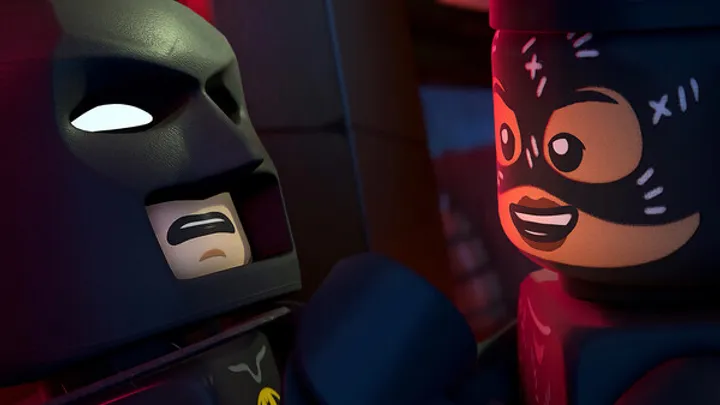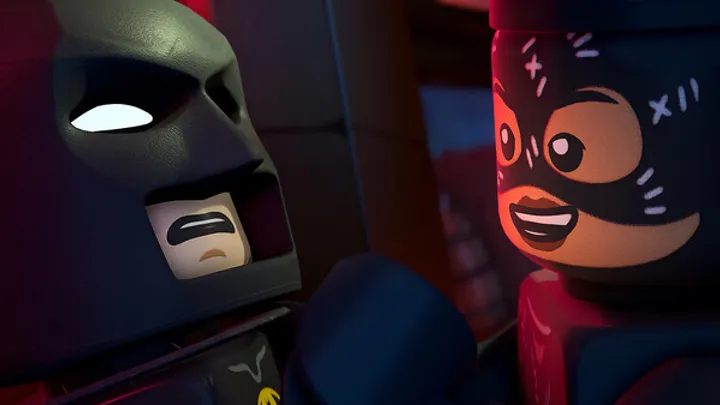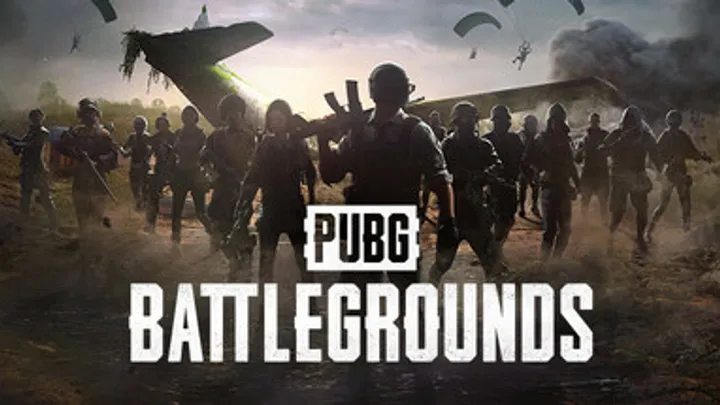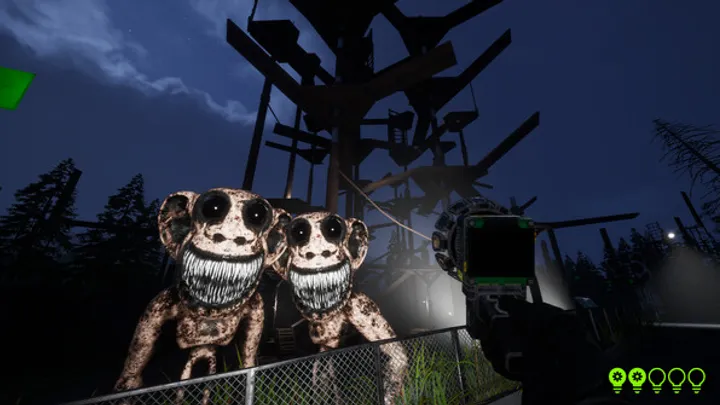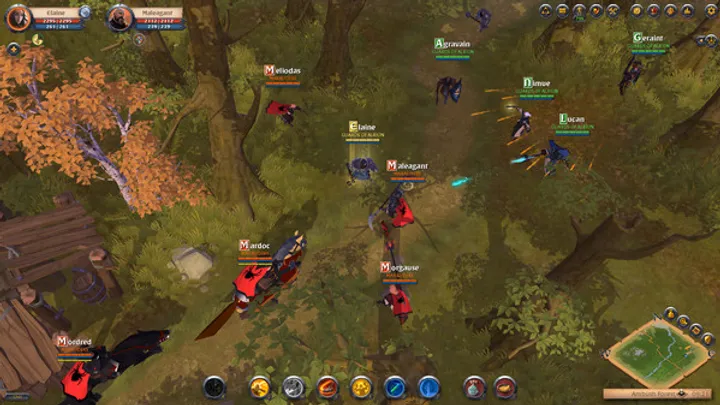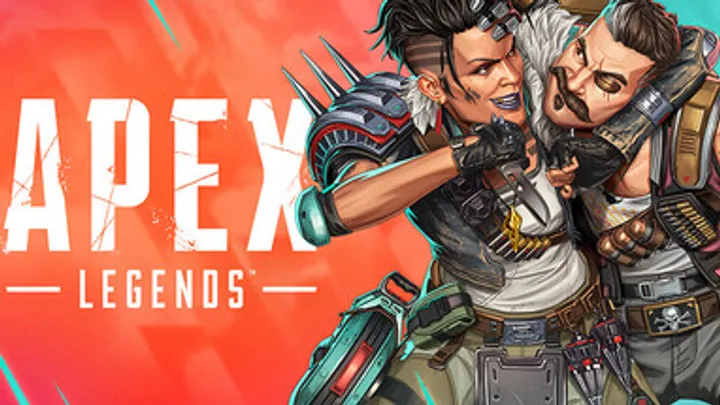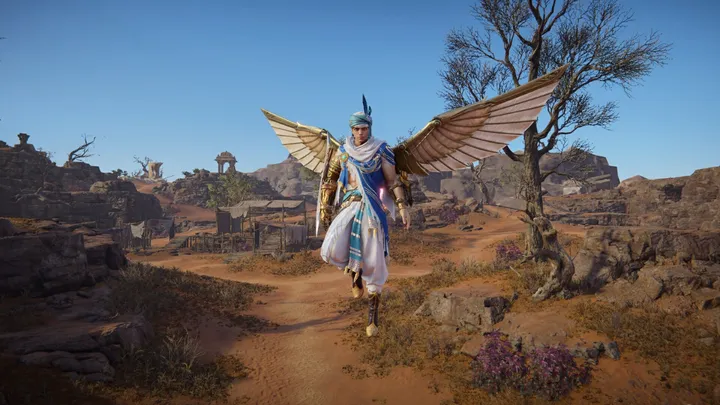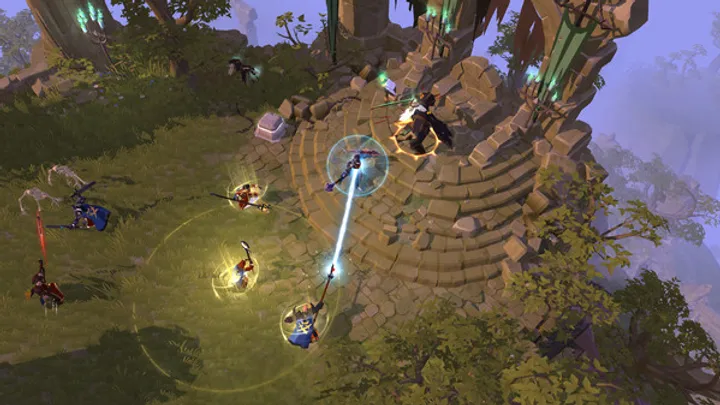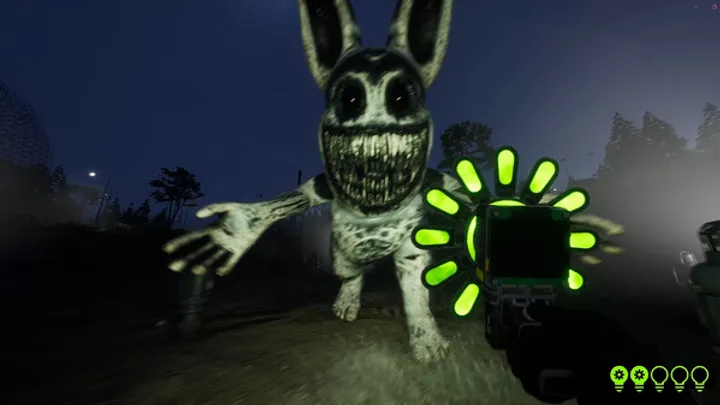Grand Theft Auto VI is not just a continuation of Rockstar’s iconic series but a reinvention of open-world crime storytelling. While fans marvel at the scale of Vice City and its surrounding areas, one issue has drawn heated debate: the wanted system. Unlike its predecessors, GTA VI introduces a more intelligent and unforgiving law enforcement mechanic. Police now react dynamically, track player patterns, and escalate responses in ways that feel closer to reality than ever. Yet, this leap in realism raises questions about playability, pacing, and whether Rockstar has tipped the balance too far between immersion and freedom. In this article, we dive deeply into GTA VI’s wanted system, exploring its evolution, mechanics, consequences, and the community’s divided response.
The Legacy of the Wanted System
The wanted system has been a staple of GTA since the beginning. In earlier games, stars represented notoriety, escalating from police cruisers to SWAT teams, helicopters, and eventually the military.
While fun and chaotic, these older systems were simplistic. Police spawned unrealistically, often appearing out of nowhere, and could be escaped with basic tricks. GTA VI aims to eliminate these flaws, replacing them with a grounded, intelligent model.
Evolution from GTA V to GTA VI
Rockstar took lessons from GTA V and GTA Online, where escaping cops became routine.
1: Predictable Patterns in GTA V
In GTA V, players quickly learned police behaviors: hide in alleys, switch cars, and simply wait out the timer. This predictability made the system more of an annoyance than a challenge.
2: Rockstar’s New Philosophy
For GTA VI, Rockstar shifted toward realism. Instead of relying on spawn mechanics, law enforcement now tracks suspects using witnesses, camera footage, and vehicle identification. Escaping requires strategy, not just patience.
The New AI-Driven Police Response
The most radical change in GTA VI’s wanted system lies in AI behavior.
1: Smarter Pursuit
Officers don’t just chase blindly; they coordinate. Blockades are set up based on road layouts, helicopters relay locations, and patrol cars adapt to player driving patterns.
2: Environmental Awareness
Players hiding in crowds or blending into traffic may succeed, but reckless actions like speeding draw renewed suspicion. The environment becomes a tool for both escape and entrapment.
Witnesses and Civilian Interaction
One groundbreaking feature is the role of NPC witnesses in escalating wanted levels.
1: Civilians as Informants
When crimes occur in public, NPCs may call the police. Stopping them—or scaring them—can prevent escalation. This forces players to think beyond “shoot and run.”
2: Security Cameras and Technology
Cameras in shops, banks, and streets capture crimes. Unless players destroy or disable these feeds, police gain powerful evidence, making escape harder.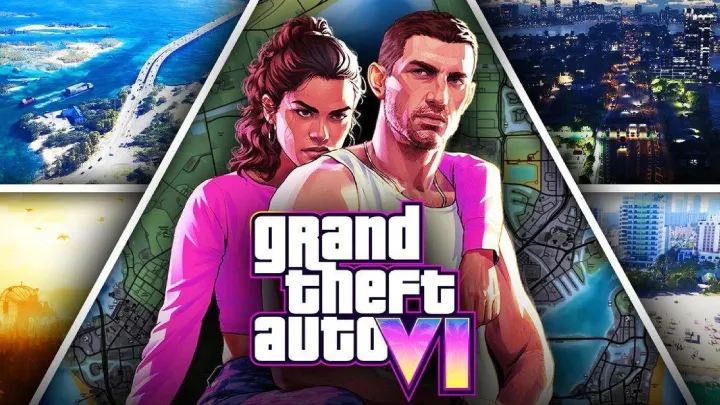
Escaping the Law: New Mechanics
Escaping the wanted level in GTA VI isn’t just about driving fast.
1: Vehicle Identification System
Police now identify cars by license plates and damage. Switching vehicles or disguising them in garages becomes essential.
2: Heat Zones
Areas where crimes occurred stay “hot” for longer, with more patrols. Players must leave regions entirely rather than just hiding nearby.
The Balance Between Realism and Fun
While immersive, this system raises concerns about pacing.
1: Too Realistic?
Some argue the mechanics risk making gameplay tedious. If every minor infraction spirals into long chases, the sandbox may feel restrictive.
2: Preserving Player Freedom
Rockstar must strike a balance where police are challenging but not overbearing. GTA’s identity lies in chaos and experimentation, which realism must not suppress.
Community Reactions to Previews
Leaks and early hands-on previews sparked debate across forums and social media.
Optimism from Roleplayers
Roleplay communities welcomed the realism, seeing it as perfect for immersive storytelling. The mechanics encourage strategy, stealth, and careful planning.
Criticism from Casual Players
Others worry about frustration. Escaping cops might become too complex, turning spontaneous fun into grindy evasion sequences.
Comparison to Other Open-World Games
Rockstar isn’t the first studio to experiment with law enforcement systems.
1: Red Dead Redemption II
RDR2 introduced bounty hunters and wanted posters, creating a more organic chase system. GTA VI builds on this foundation with modern surveillance themes.
2: Cyberpunk 2077 and Watch Dogs
These games attempted advanced police AI but failed to execute smoothly. Rockstar risks similar pitfalls if balance isn’t maintained.
Long-Term Gameplay Implications
The wanted system impacts not only moment-to-moment gameplay but also how players approach GTA VI as a whole.
1: Strategic Planning
Players may rely more on stealth, disguises, and calculated crime sprees rather than random chaos.
2: Online Economy and Roleplay
In GTA VI Online, the wanted system could shape business operations, heists, and community roleplay servers. Proper tuning will be key to its success.
Potential Solutions and Adjustments
The system isn’t flawless, but Rockstar can fine-tune it.
1: Adjustable Realism
Difficulty settings could adjust police intensity, making the system approachable for casuals and hardcore roleplayers alike.
2: Rewarding Creativity
Escaping cops should reward ingenuity—whether disguises, hacking cameras, or using environmental tricks—so evasion feels rewarding, not punishing.
Conclusion
The wanted system in GTA VI represents Rockstar’s boldest leap into realism. Smarter police, civilian witnesses, and surveillance technology create a living, breathing cat-and-mouse experience. But with that realism comes risk. Too much complexity could frustrate casual players, while too much leniency would break immersion. Rockstar’s challenge lies in balancing immersion with fun, making crime thrilling without turning escape into drudgery. If executed well, GTA VI’s wanted system could redefine open-world law enforcement for years to come.








